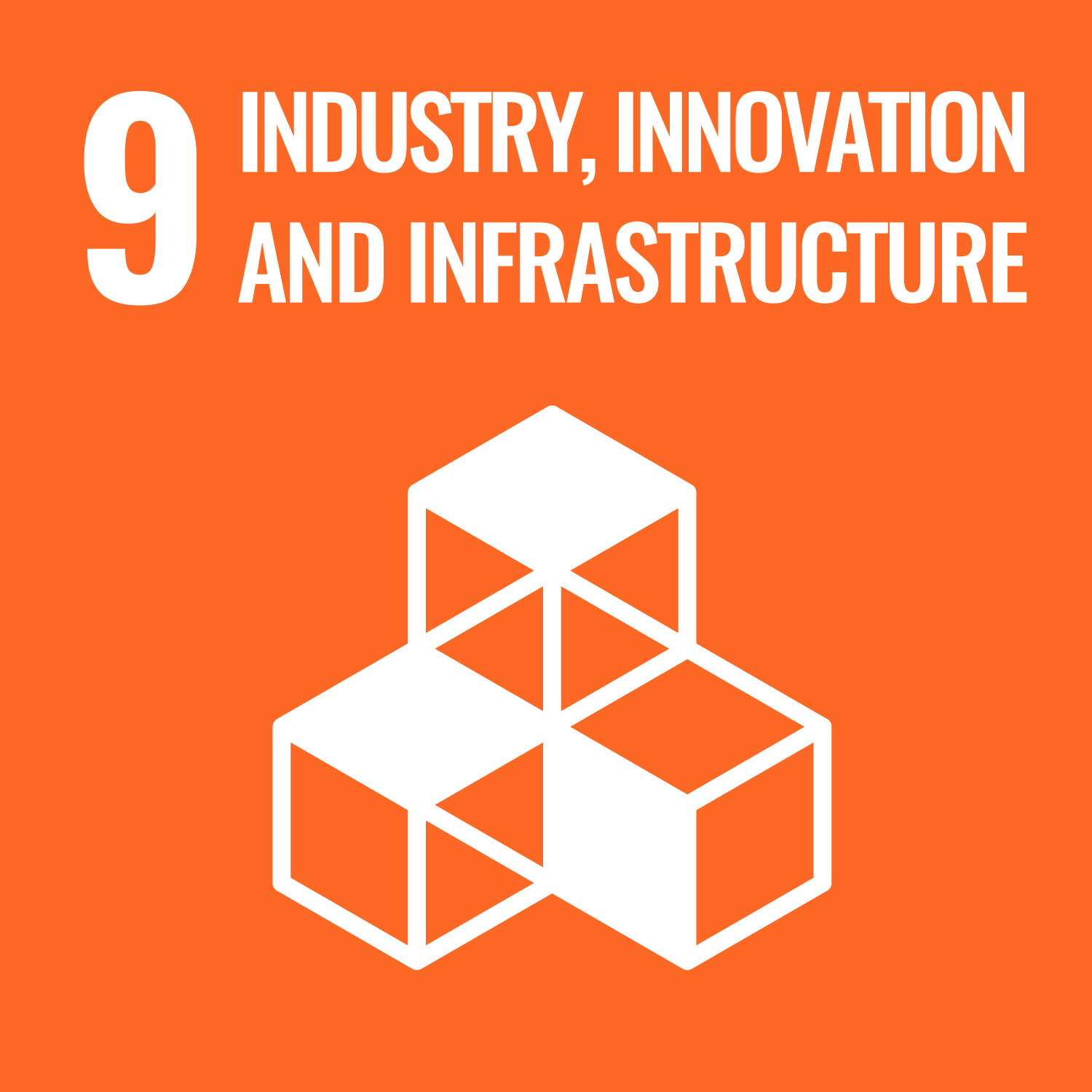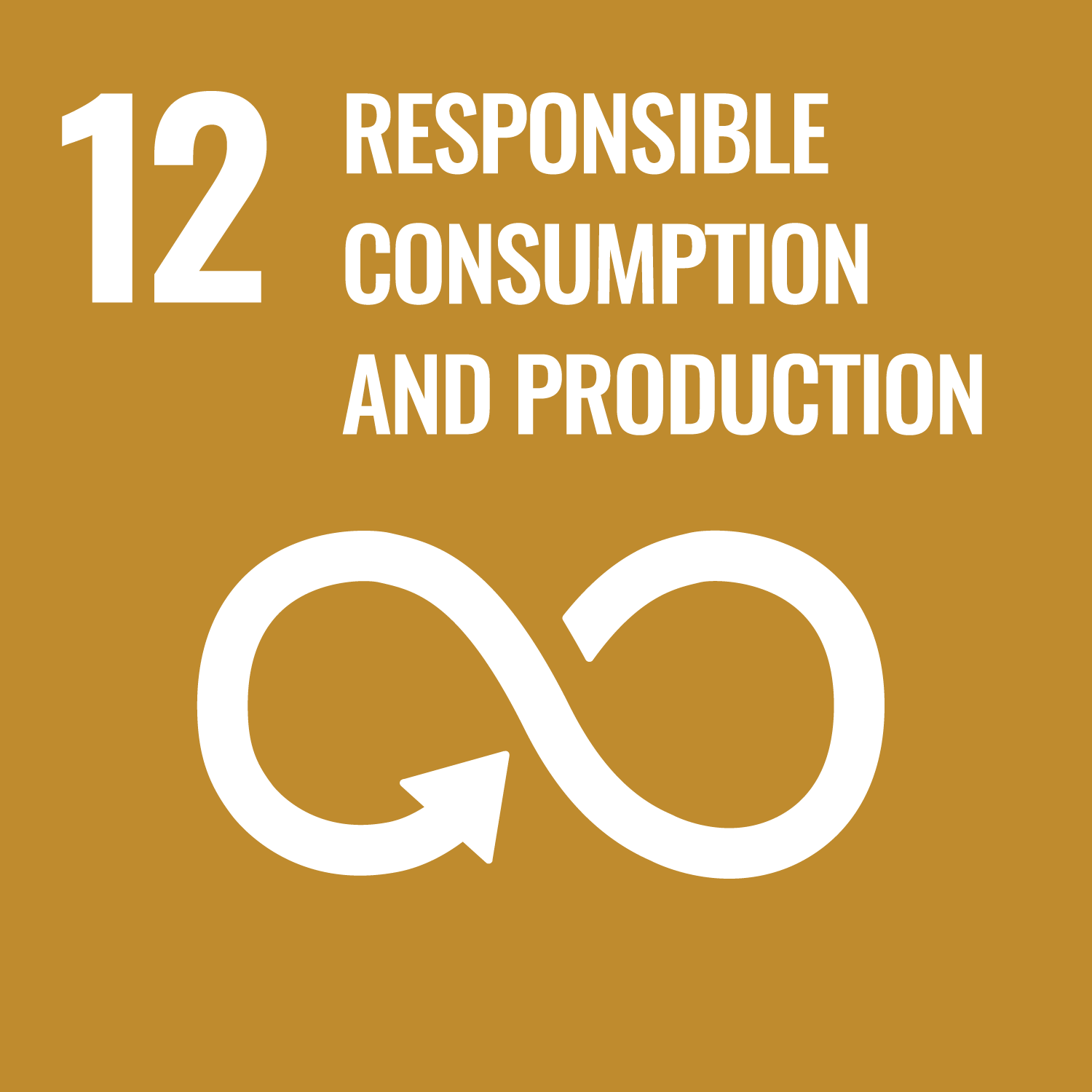ORCID
- Mick E. Hanley: 0000-0002-3966-8919
- Andy Foggo: 0000-0002-0280-0824
Abstract
Topographic complexity is often considered to be closely associated with habitat complexity and niche diversity; however, complex topography per se does not imply habitat suitability. Rather, ecologically suitable habitats may emerge if topographic features interact with environmental factors and thereby alter their surrounding microenvironment to the benefit of local organisms (e.g., resource provisioning, stress mitigation). Topography may thus act as a key modulator of abiotic stressors and biotic pressures, particularly in environmentally challenging intertidal systems. Here, we review how topography can alter microhabitat conditions with respect to four resources required by intertidal organisms: a source of energy (light, suspended food particles, prey, detritus), water (hydration, buffering of light, temperature and hydrodynamics), shelter (temperature, wave exposure, predation), and habitat space (substratum area, propagule settlement, movement). We synthesize mechanisms and quantitative findings of how environmental factors can be altered through topography and suggest an organism-centered ‘form-follows-ecological-function’ approach to designing multifunctional marine infrastructure.
DOI Link
Publication Date
2024-05-01
Publication Title
Marine Pollution Bulletin
Volume
202
ISSN
0025-326X
Acceptance Date
2024-04-06
Deposit Date
2024-09-03
Additional Links
Keywords
Facilitation, Greening of grey infrastructure, Marine eco-engineering, Nature-based solutions, Organismal needs, Substratum structure
Recommended Citation
Bauer, F., Knights, A., Hanley, M., Griffin, J., Foggo, A., Brown, A., & Firth, L. (2024) 'Topography-based modulation of environmental factors as a mechanism for intertidal microhabitat formation: A basis for marine ecological design', Marine Pollution Bulletin, 202. Available at: 10.1016/j.marpolbul.2024.116358



